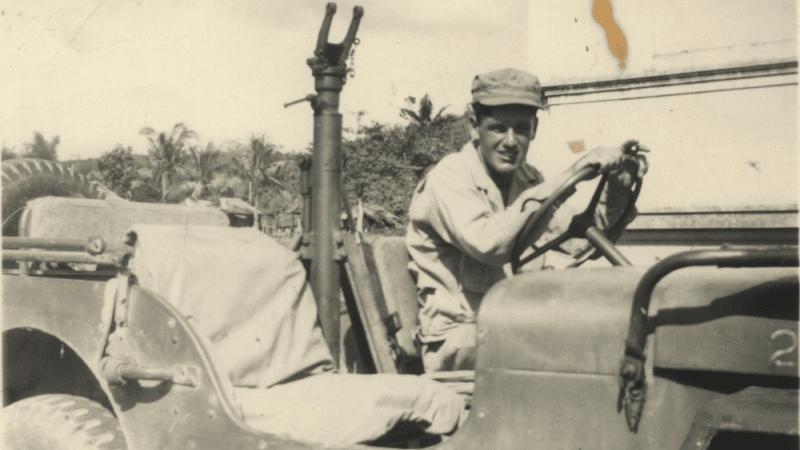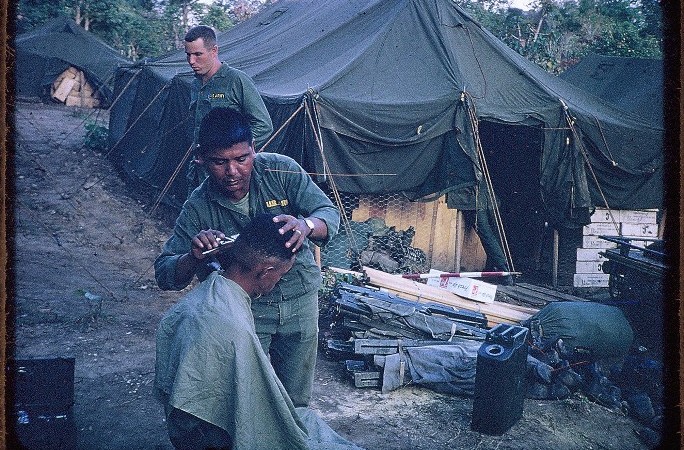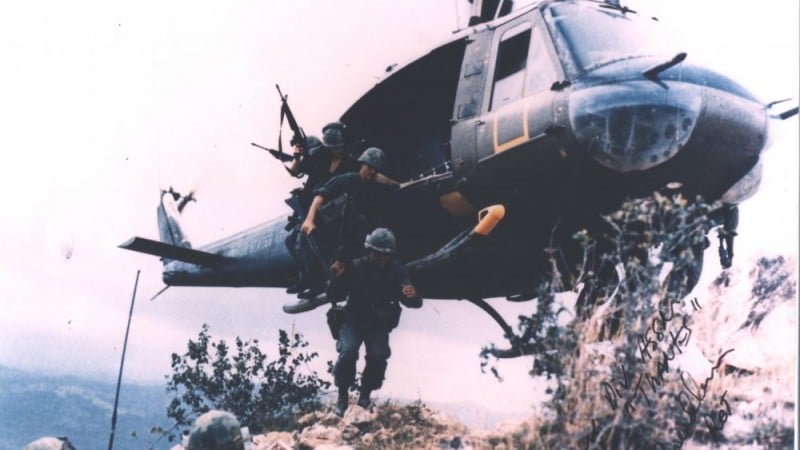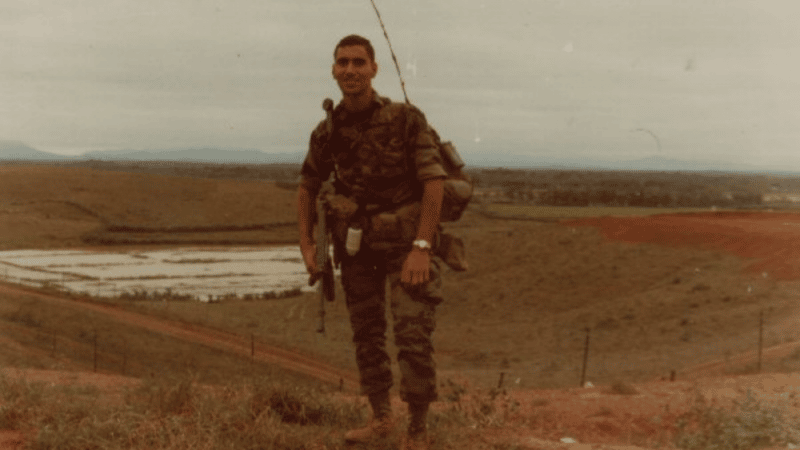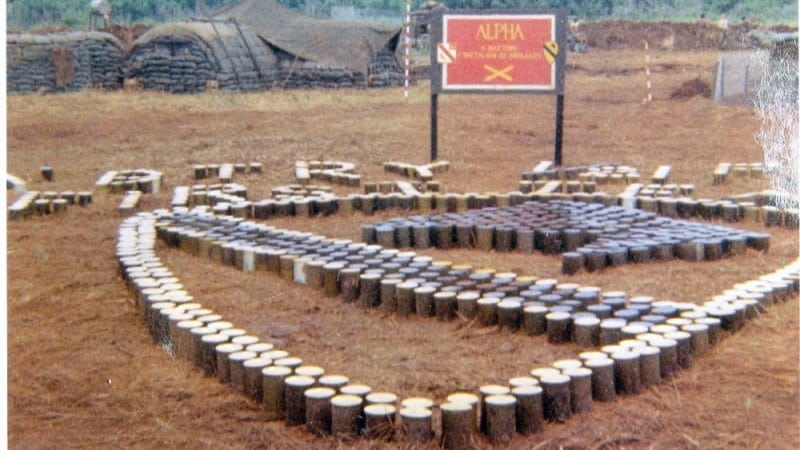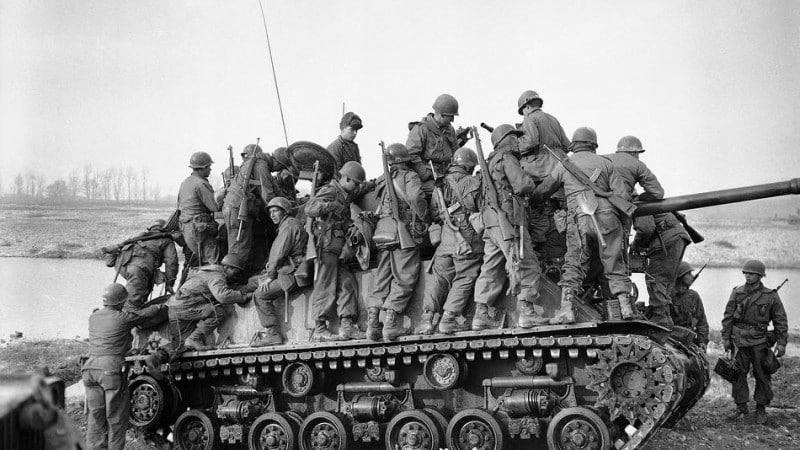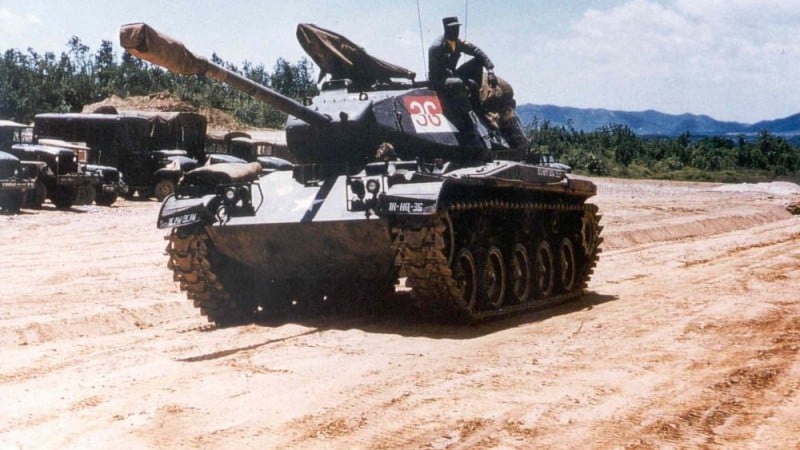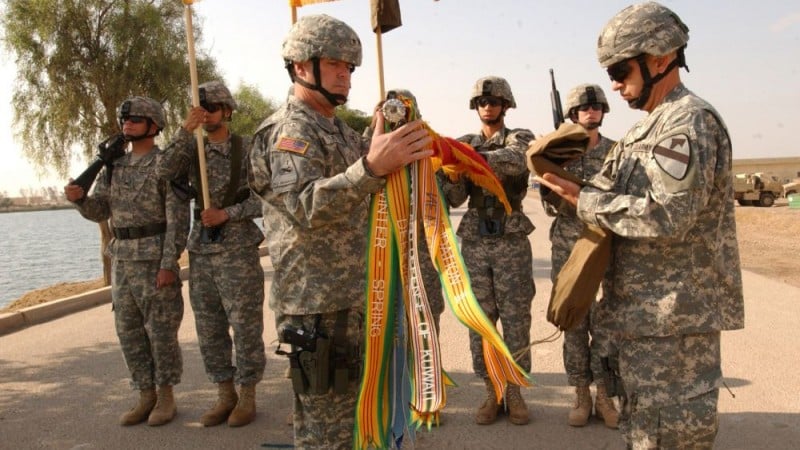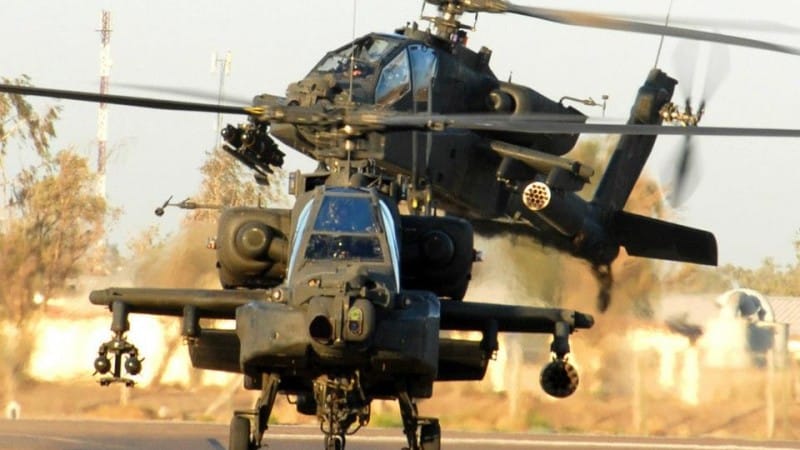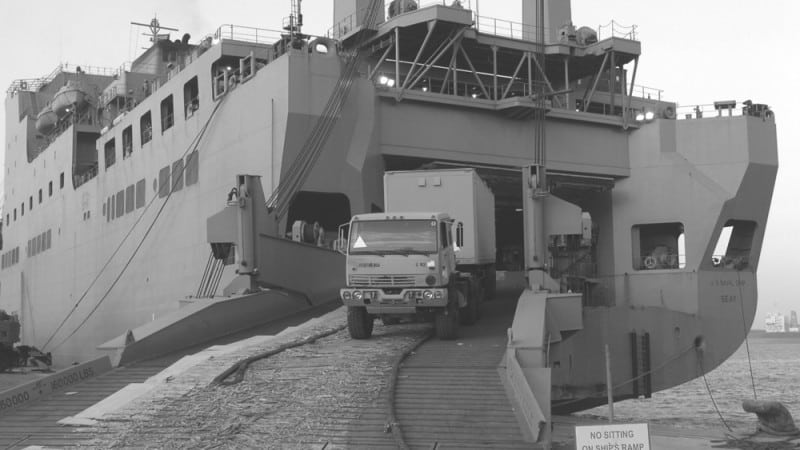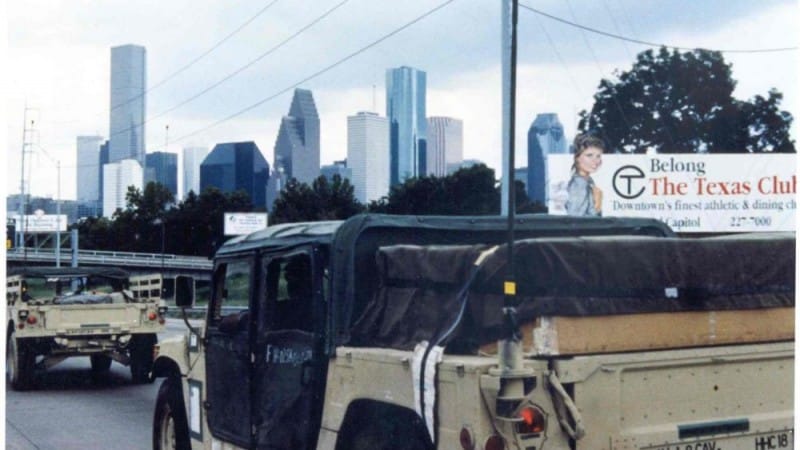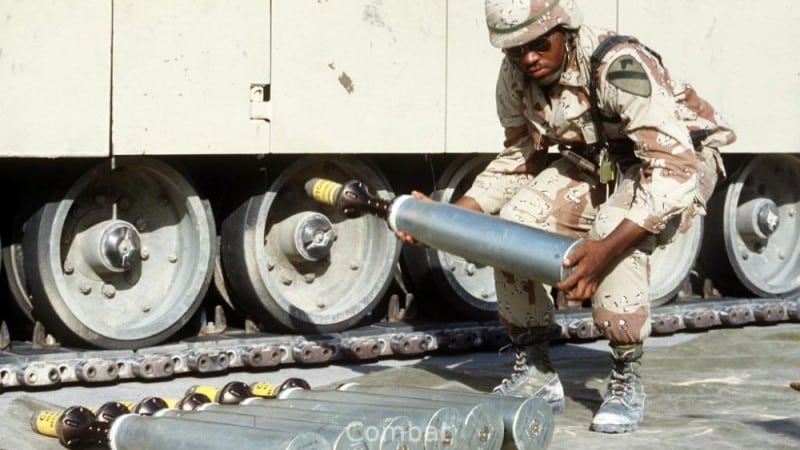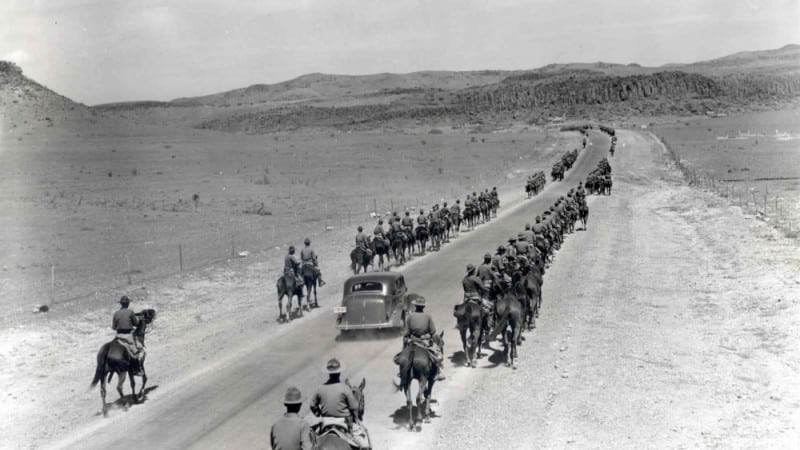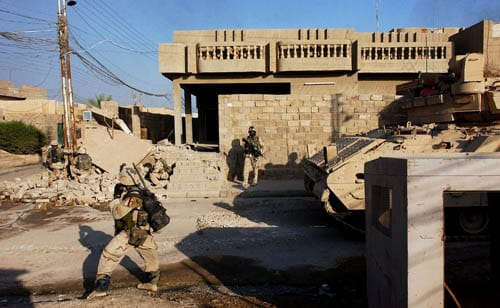91st Engineer Battalion
“Acts Not Words”
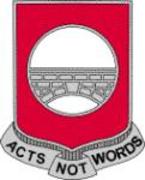
Constitution and Organization
The 91st Engineers traces its origins to 1 October 1933, when the 50th Engineer Battalion (Separate) was constituted in the Regular Army. Prior to its activation, the unit was redesignated as the 91st Engineer Battalion (Separate) on 1 January 1938. With the buildup of military forces to support World War II, the battalion was activated at Camp Shelby, Mississippi on 10 February 1941. The battalion was assigned to the 3rd Army and attached to the V Army Corps for training.
The majority of the Soldiers had experience and service in other branches other than engineers. On 21 April, soon after the arrival of the first selective service men, a training program was initiated. On 20 July, the battalion left Camp Shelby, Mississippi for the maneuver area and arrived at the bivouac site near Lake Charles, Louisiana. From 1 August to the end of October, the battalion engaged in site preparation, airport maintenance, road and culvert construction and railhead construction. On 20 October, the battalion moved to an area near Camp Claiborne, Louisiana along a proposed rail terminal and was given an assignment to construct a new railroad between Camp Polk and Camp Claiborne.
World War II, 1941 – 1945
On 3 March 1942, the battalion departed from the New York Port of Embarkation for duty in the Pacific Theater Operations. On 6 April 1942, the battalion arrived in Brisbane, Queensland, Australia. Moving on by sea transport, the battalion was relocated to Townsville, Queensland, arriving on 10 April. Upon arrival, their first assignment was to assist the 46th Engineers in the construction of landing strips near Woodstock. On 23 April, their second assignment, operating independently, was to construct new airdrome near Giru, Queensland. Moving to the site, they established unit camps well dispersed around the proposed airdrome site. Construction was carried out on a 24 hour basis and by 01 June, had progressed to a stage where minimum hand labor was required and earth movement equipment was utilized. When not assigned to actual construction details, each company spent two and a half days of the week in combat training.
On 10 July 1942, the battalion was reorganized and redesignated as the 91st Engineer Regiment (General Service). On 30 July, the First (Provisional) Battalion was formed consisting of “A” and “B” Company, a detachment of men from “HSC” and a medical detachment. The battalion was dispatched to Townsville, Queensland by the ship “Dona Nati”. Immediately upon arrival, they were assigned the task of building an advance airstrip on the Northern part of the Cape York Peninsula to accommodate 16 medium bombers and a fighter escort. On 13 August, battalion headquarters and “B” Company moved to Nagenta Plains, the site of the proposed runway. Work clearing the area started immediately and a survey of the area was completed. Effort continued at a rapid pace, allowing the men only one day a week to rest.
By 27 September, all clearing and grading operations were completed. Local materials consisting of a mixture of “decomposed iron ore” clay and gravel was used for paving runway surfaces. When wetted down with salt water and rolled smooth, the surface became exceptionally hard. On 28 October, the first B-17 landed. On 5 December the battalion initiated a move to Port Moresby, New Guinea located 340 miles away by sea to rejoin the main regiment body.
On 31 August, the main body of the regiment had previously moved to Port Moresby, New Guinea and had been assigned general construction tasks of base expansion and road building. By 19 December, the First Battalion had arrived from Cape York Peninsula. On 1 January 1943, with the arrival of the First Battalion, the Regiment was organized into two battalions, “A”, “B” and “C” Companies as the 1st, and “D”, “E” and “F” Companies as the 2nd. This was the first time since their constitution that they had been organized into a formal Table of Organization and Equipment. The rainy season retarded progress on all earth moving projects. The Durand Airdrome had to be surrounded by dikes to minimize the flooding of the runways.
On 1 May, the regiment was assigned a new project for the construction of a water system for Laloki River, Tatana Island. The system included a pumping station, distribution lines, treatment basin and reservoir. In July, the regiment was reorganized to include a heavy equipment and two engineering companies. On 1 September, the main road connecting the Durand Airdrome and the island road network was completed, resulting in all future road construction being minor in nature. In October, the regiment undertook the enlargement of Durand Airdrome to accommodate additional bomber and fighter groups.
By 1 December 1943, all supporting engineering groups had left the Moresby area and only the 91st Engineering Regiment was left to carry out the construction and maintenance activity. One of the major projects undertaken was the construction of a 500 bed hospital. In April 1944, orders were received to reorganize the regiment into an engineering construction battalion. In May a new rotation policy became into effect which would enable some of the troops to return states side. By July, all reorganization and retraining was completed and the regiment resumed normal engineering operations in the Port Moresby area. The main task assignments included road maintenance, dock construction and building construction. In their off duty hours they constructed a chapel. In parallel, the 91st began making preliminary preparations for a movement to a forward area.
On 8 October 1944, the regiment landed on Biak Island and participated in the East Indies and Papu Campaigns. Following the end of the war, the regiment remained in the Philippines and on 20 January 1946, it was inactivated at Manila, Philippine Islands.
Korean War, 1950 – 1952
On 28 November 1951, the Regiment (less Headquarters and Headquarters Detachments, 1st, 2nd Battalions and Companies “E” and “F”) was reorganized and redesignated as 91st Engineer Combat Battalion. On 14 January 1952, the battalion was activated at Fort Belvoir, Virginia where it provided engineer support. On 20 May 1953, the battalion was reorganized and redesignated as the 91st Engineer Battalion (Combat). The unit continued in the role of engineer support until it was inactivated at Fort Belvoir, Virginia on 20 May 1971.
Today’s Cavalry
On 16 October 1992, the 91st Engineer Battalion was activated from a zero balance at Fort Hood, Texas and assigned to the 1st Cavalry Division to form a part of the Divisional Engineer Brigade. The battalion provided combat engineer support to the 2nd “Blackjack” Brigade through four National Training Center rotations and one joint Readiness Training Center Rotation. In August 1994, the battalion augmented the Brigade with three companies and over 240 Soldiers to fight forest fires in Idaho. In August 1995, the battalion deployed a reinforced company to Kuwait in support of Task Force 1-5 during Operation Intrinsic Action which was initiated in response to the positioning of offensive forces along the Kuwait border by Iraq. In October 1995, Alpha Company deployed a mobile training team to Chad to train their army in demining operations. In addition, the battalion has deployed Soldiers to Bahrain, Cuba and Bosnia.
On 8 July 2005, the 91st Engineer Battalion was inactivated following the inactivation of the Engineer Brigade, 1st Cavalry Division as part of the transformation of the Division to the modular force structure. Assets of the Battalion were made organic to those brigades previously served. Engineer elements were integrated into the Special Troops Battalions of each Brigade and the Division itself. In the process, Headquarters and Headquarters Company, 91st Engineer Battalion was reflagged as Headquarters and Headquarters Company, Special Troops Battalion, 2nd Brigade Combat Team, 1st Cavalry Division.
The 91st Engineer Battalion was reactivated and assigned to the 1st Brigade Combat Team of the 1st Cavalry Division on 16 October 2013.
Historical information compiled and composed by William H. Boudreau
Lineage and Honors of the 91st Engineer Battalion
Lineage
- Organized 1 October 1933 in the Regular Army as the 50th Engineer Battalion
- Redesignated 10 January 1938 as the 91st Engineer Battalion
- Activated 10 February 1941 at Camp Shelby, Mississippi
- Expanded, reorganized, and redesignated 10 July 1942 as the 91st Engineer Regiment
- Redesignated 6 August 1942 as the 91st Engineer General Service Regiment
- Inactivated 20 January 1946 in the Philippines
- Regiment (less Headquarters and Headquarters Detachments, 1st and 2d Battalion, and Companies E and F) reorganized and redesignated 28 November 1951 as the 91st Engineer Combat Battalion (Headquarters and Headquarters Detachments, 1st and 2d Battalion, and Companies E and F concurrently disbanded)
- Activated 14 January 1952 at Fort Belvoir, Virginia
- Reorganized and redesignated 20 May 1952 as the 91st Engineer Battalion
- Inactivated 20 May 1971 at Fort Belvoir, Virginia
- Assigned 16 October 1992 to the 1st Cavalry Division and activated at Fort Hood, Texas
- Inactivated 15 October 2005 at Fort Hood, Texas, and relieved of assignment to the 1st Cavalry Division
- Assigned 16 October 2013 to the 1st Brigade Combat Team, 1st Cavalry Division, and activated at Fort Hood, Texas
Honors of the 91st Engineer Battalion
Campaign Participation Credit |
| World War II East Indies Papua War on Terrorism Iraq: Transition of Iraq Iraqi Governance |
Decorations |
| Presidential Unit Citation (Army), Streamer embroidered PAPUA Meritorious Unit Commendation (Army), Streamer embroidered ASIATIC-PACIFIC THEATER Meritorious Unit Commendation (Army), Streamer embroidered IRAQ 2004-2005 |
